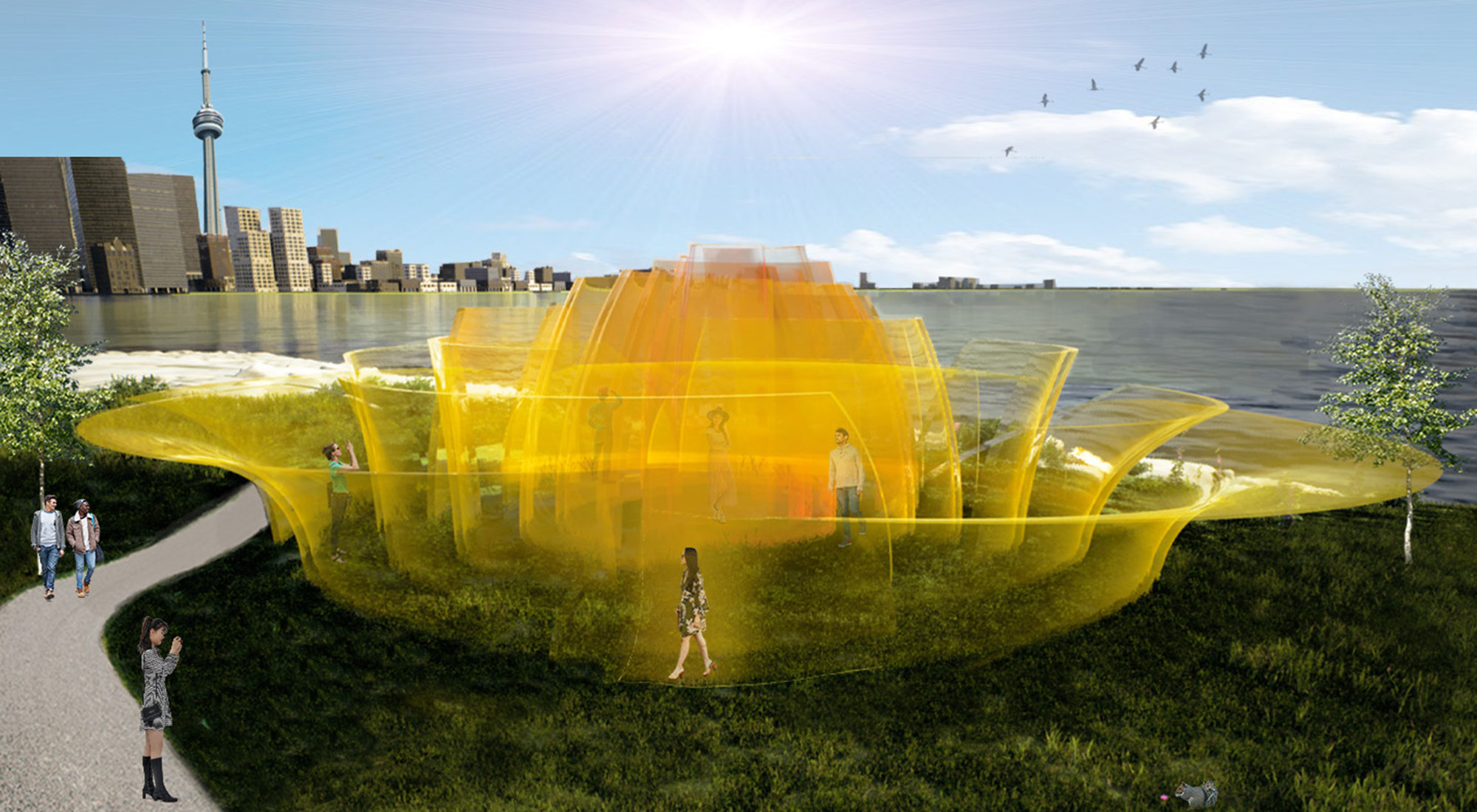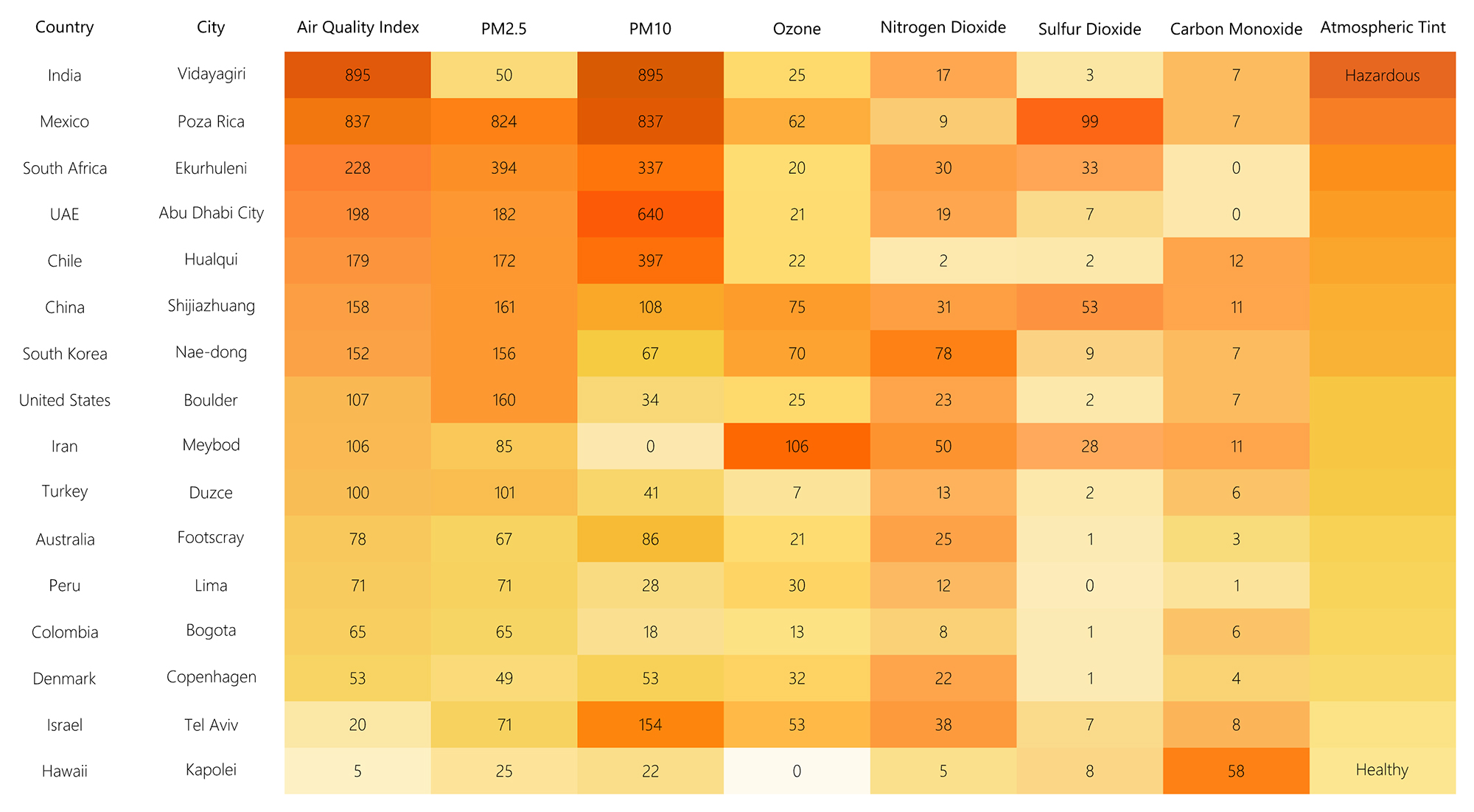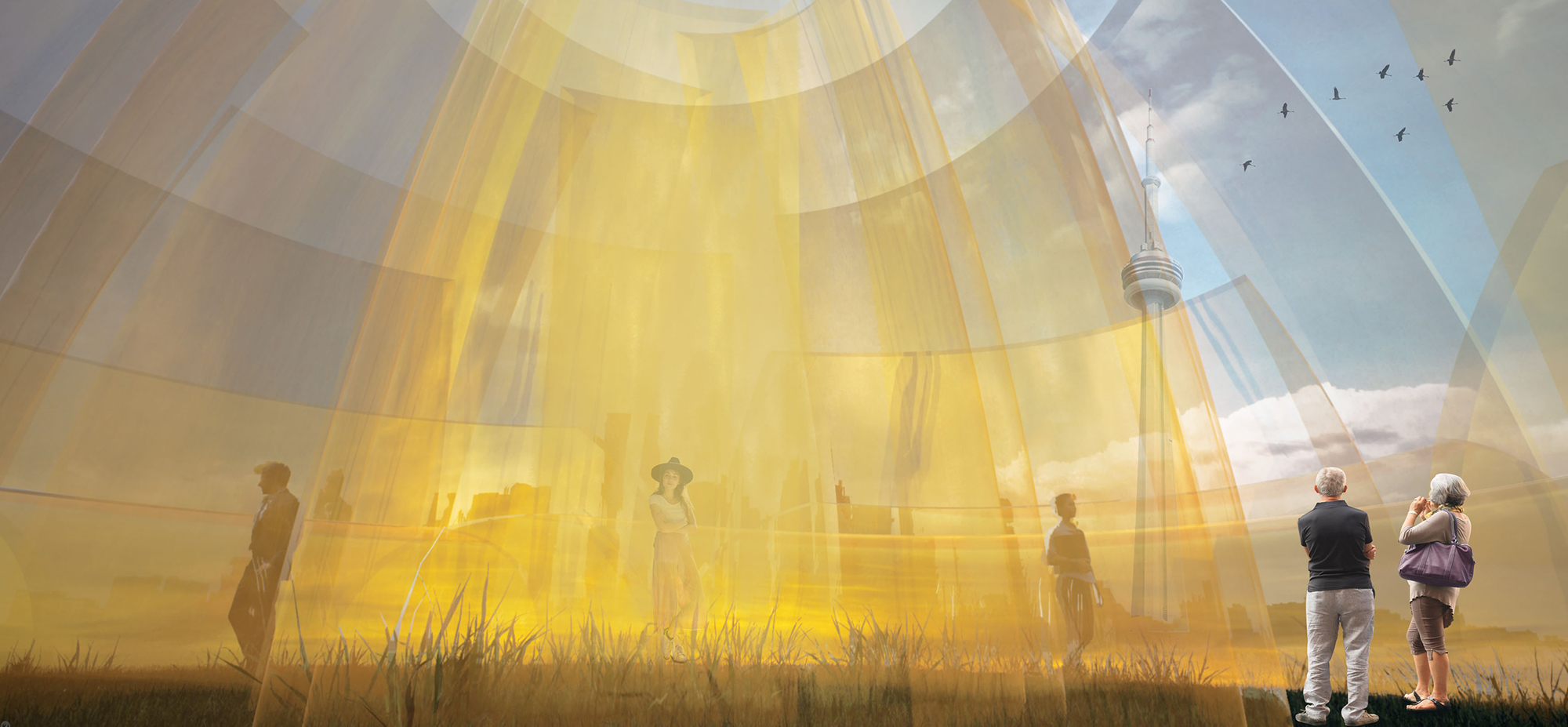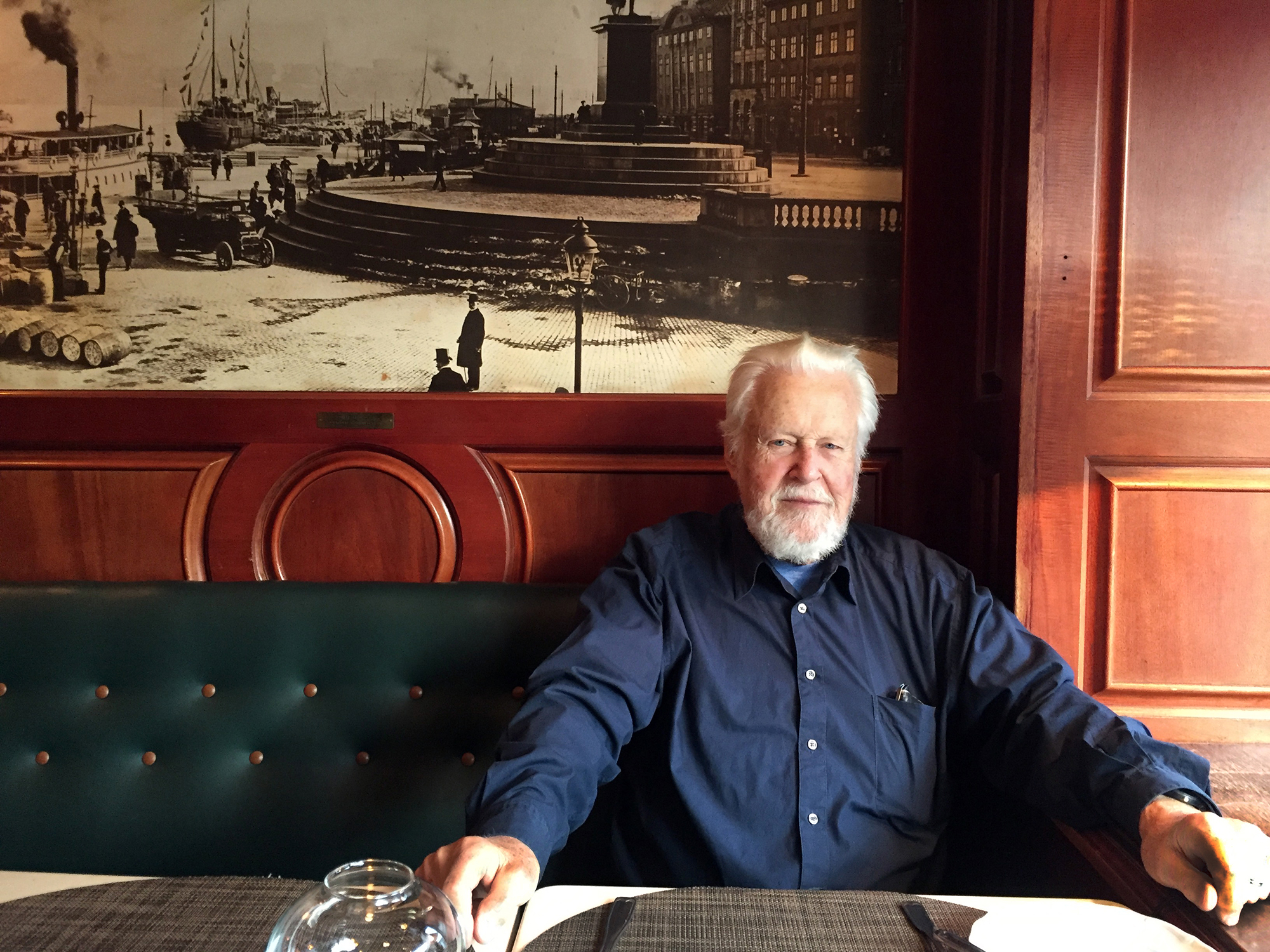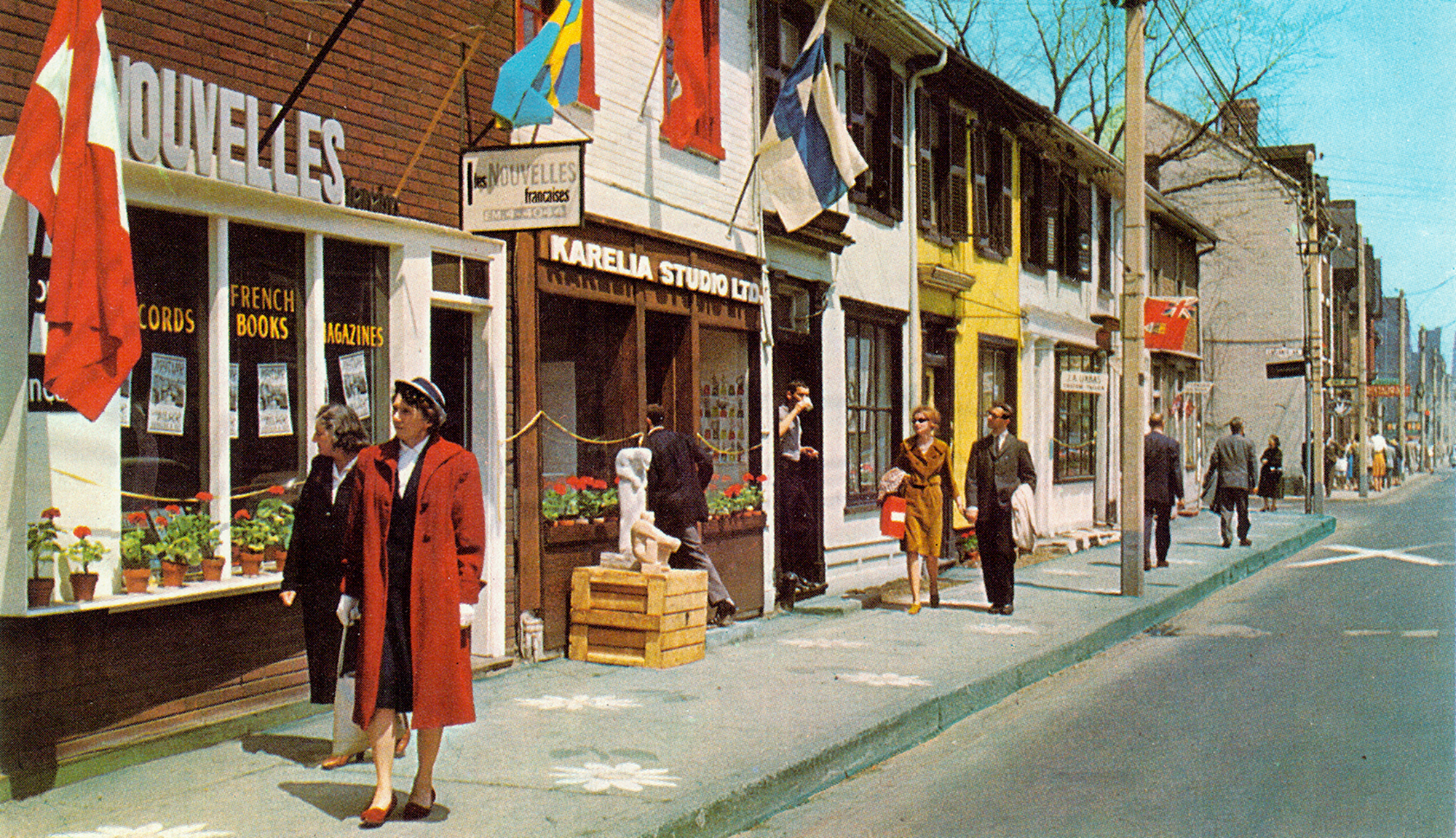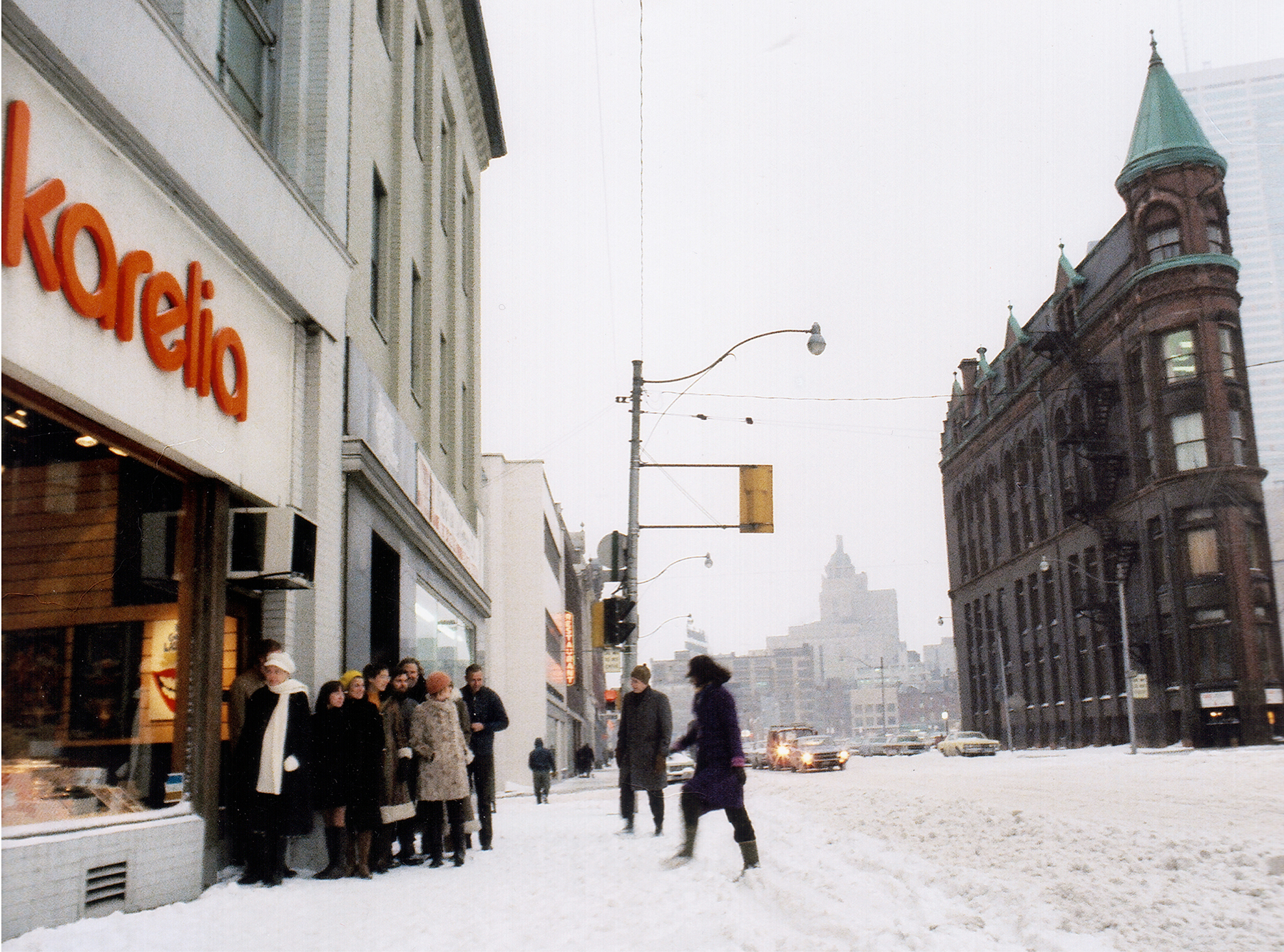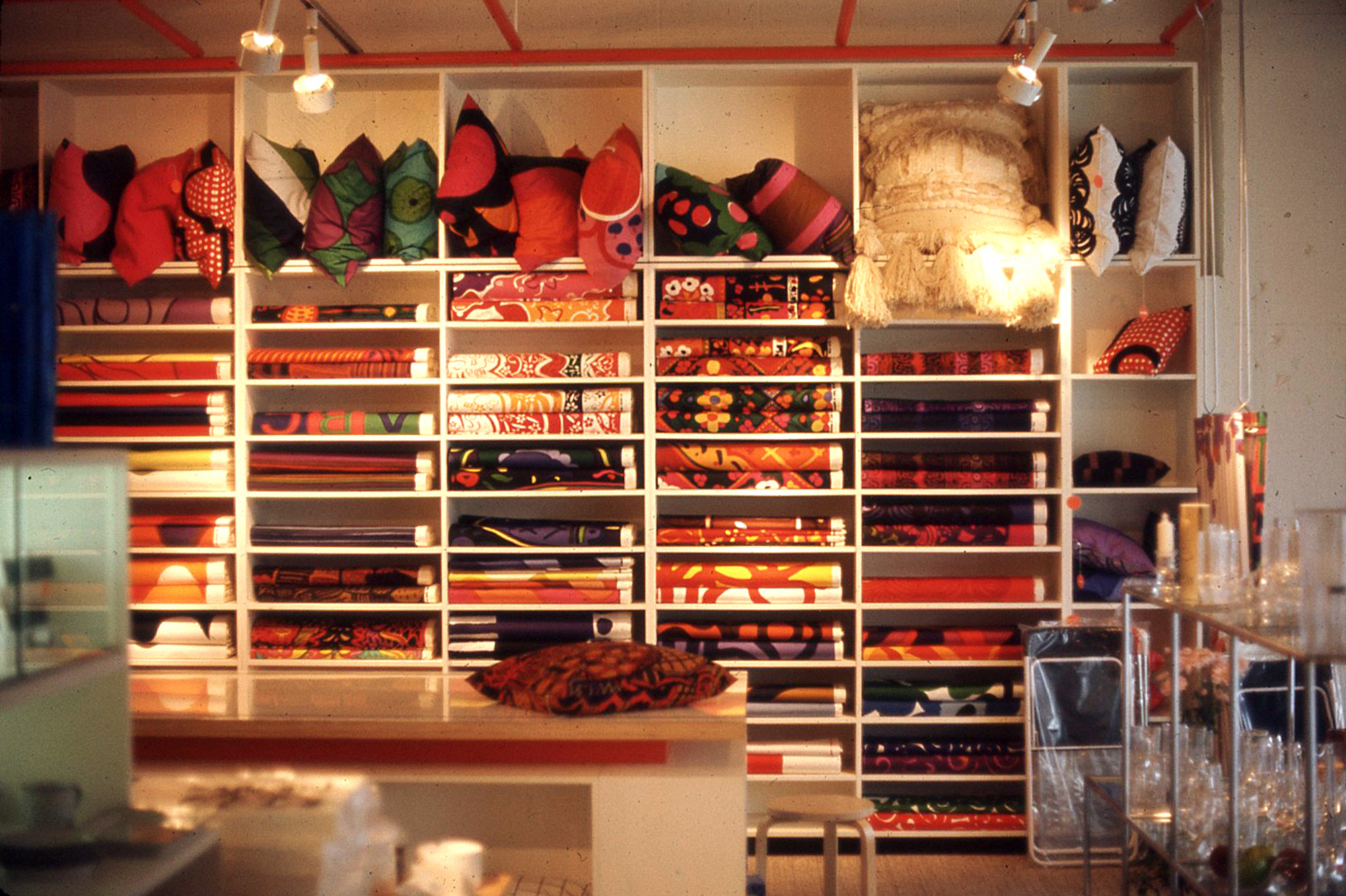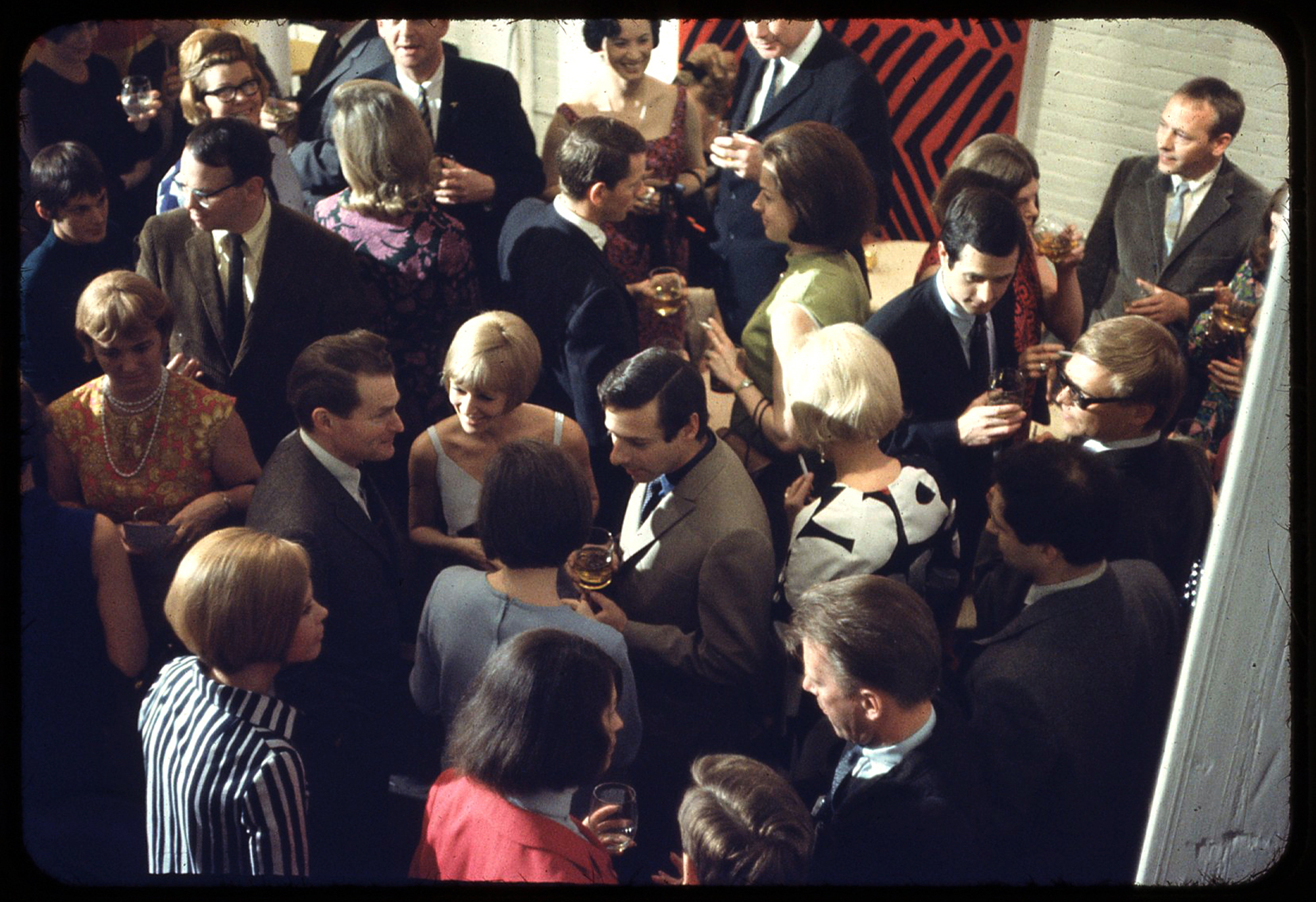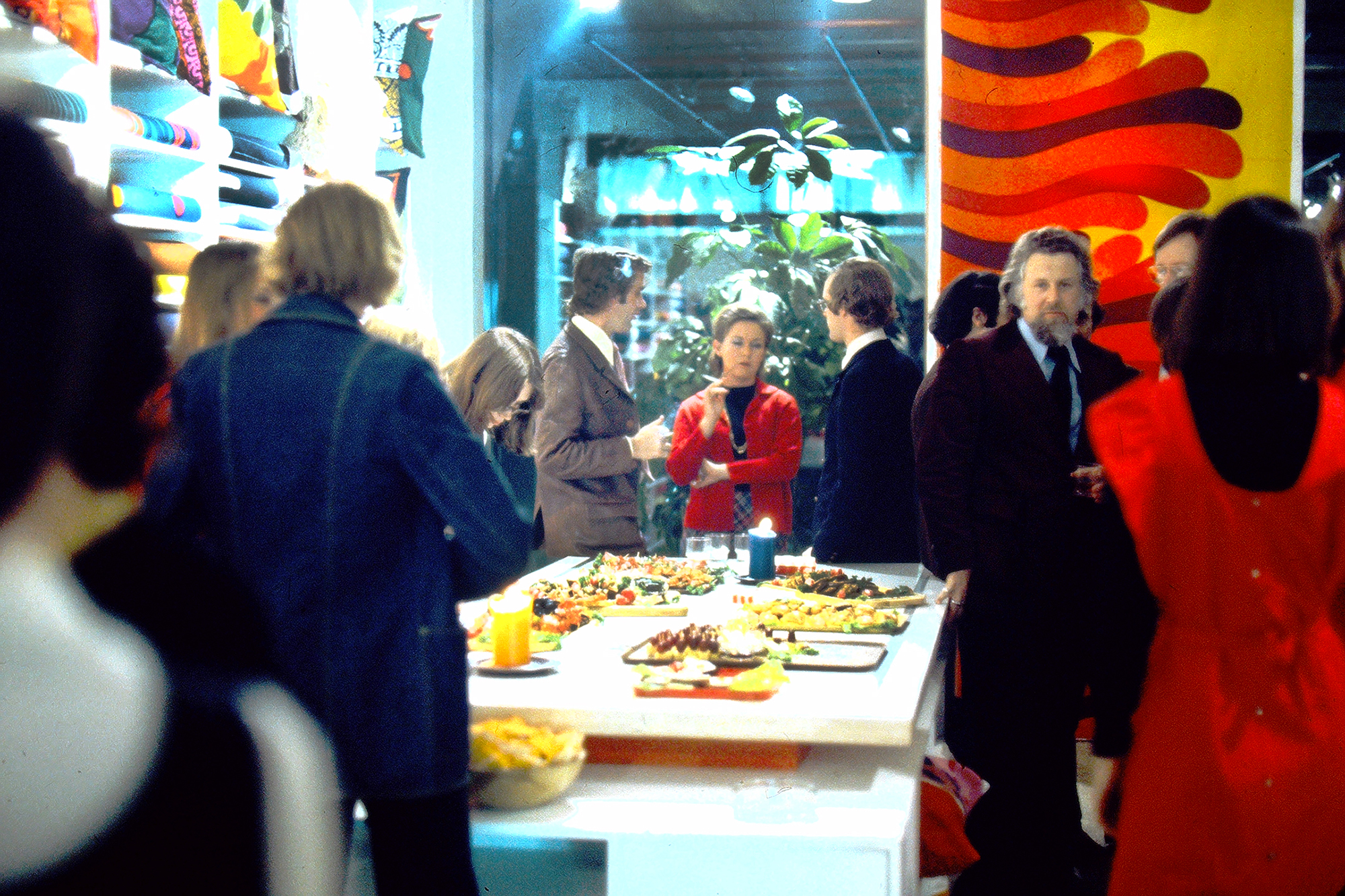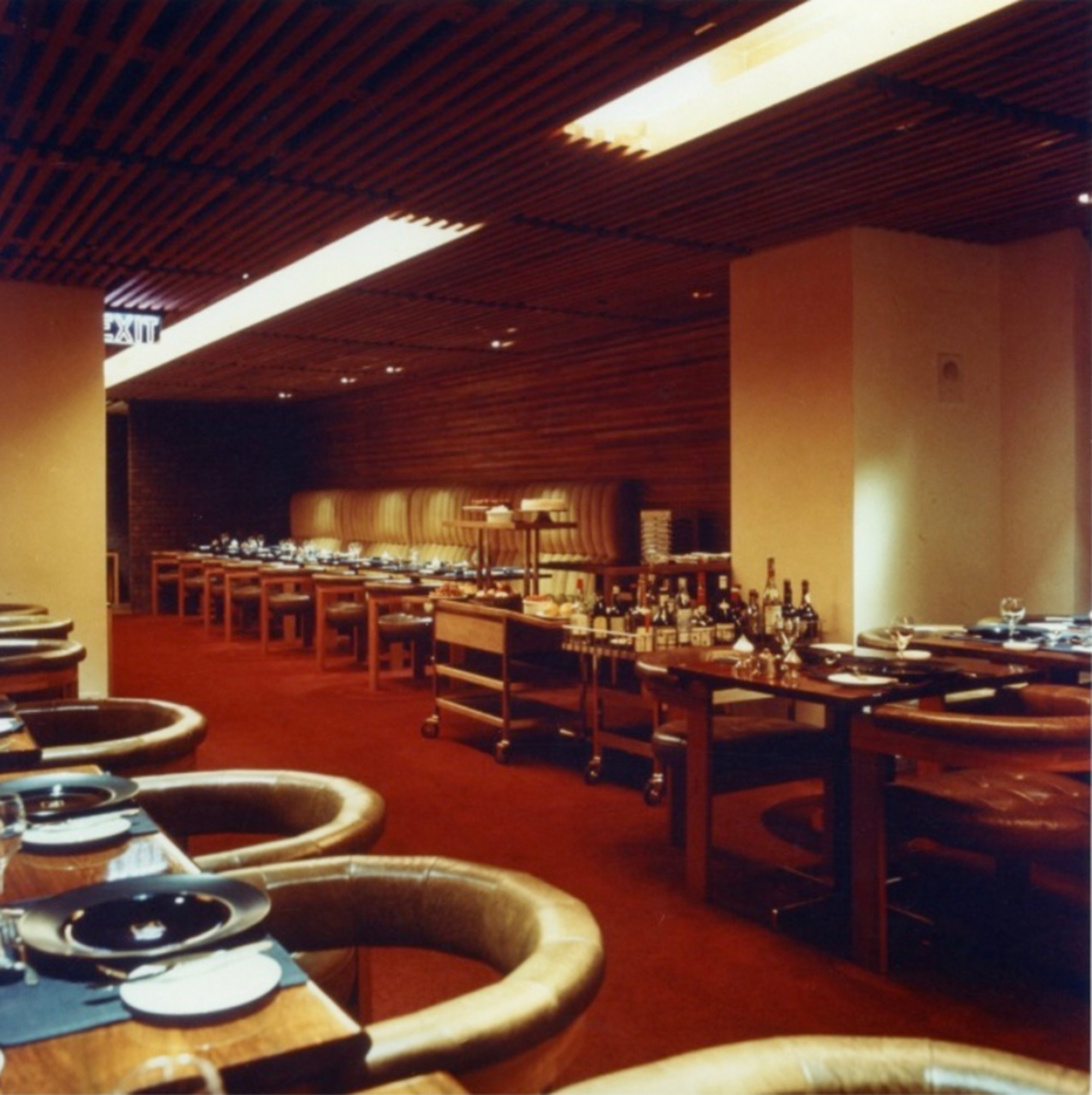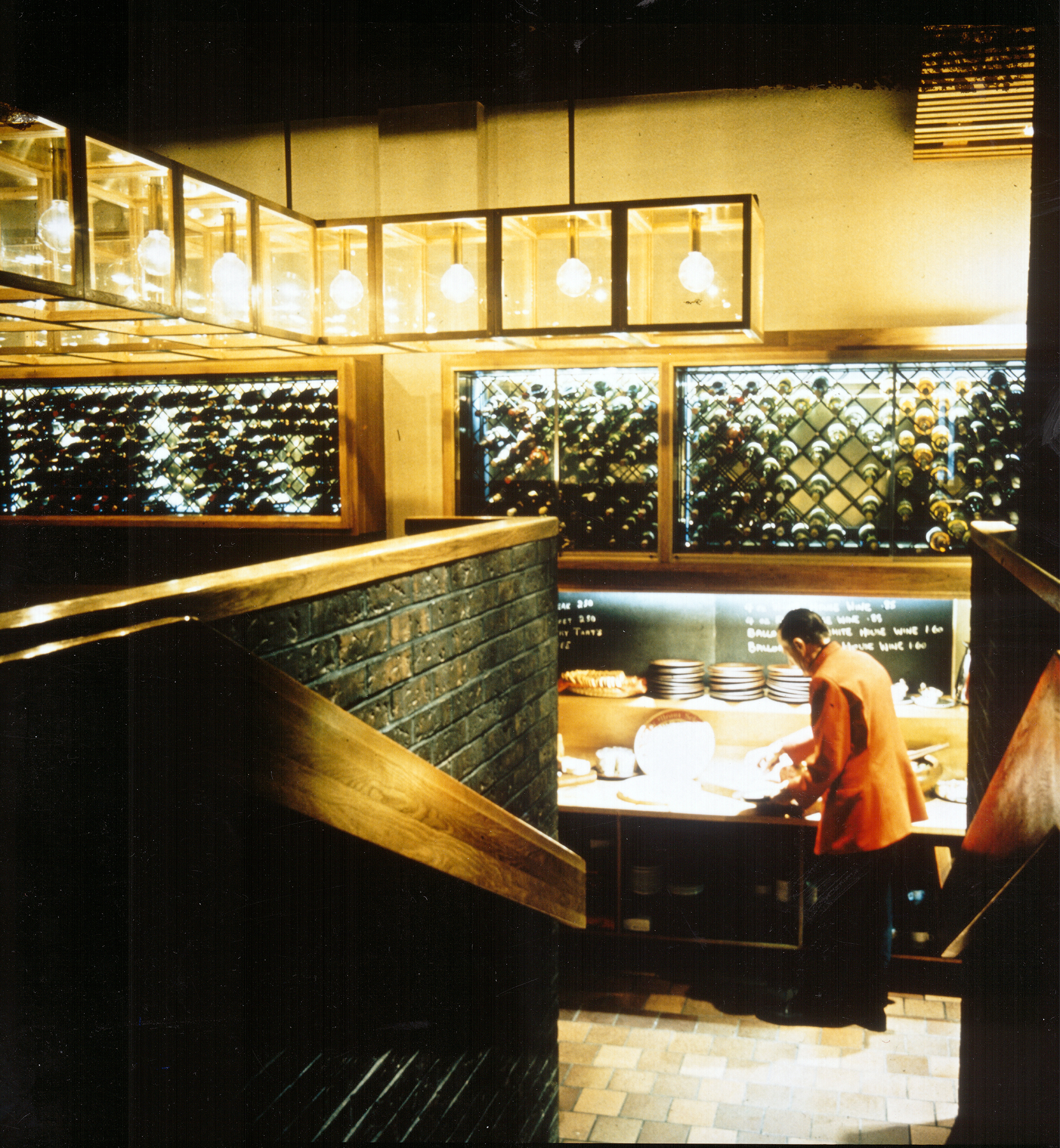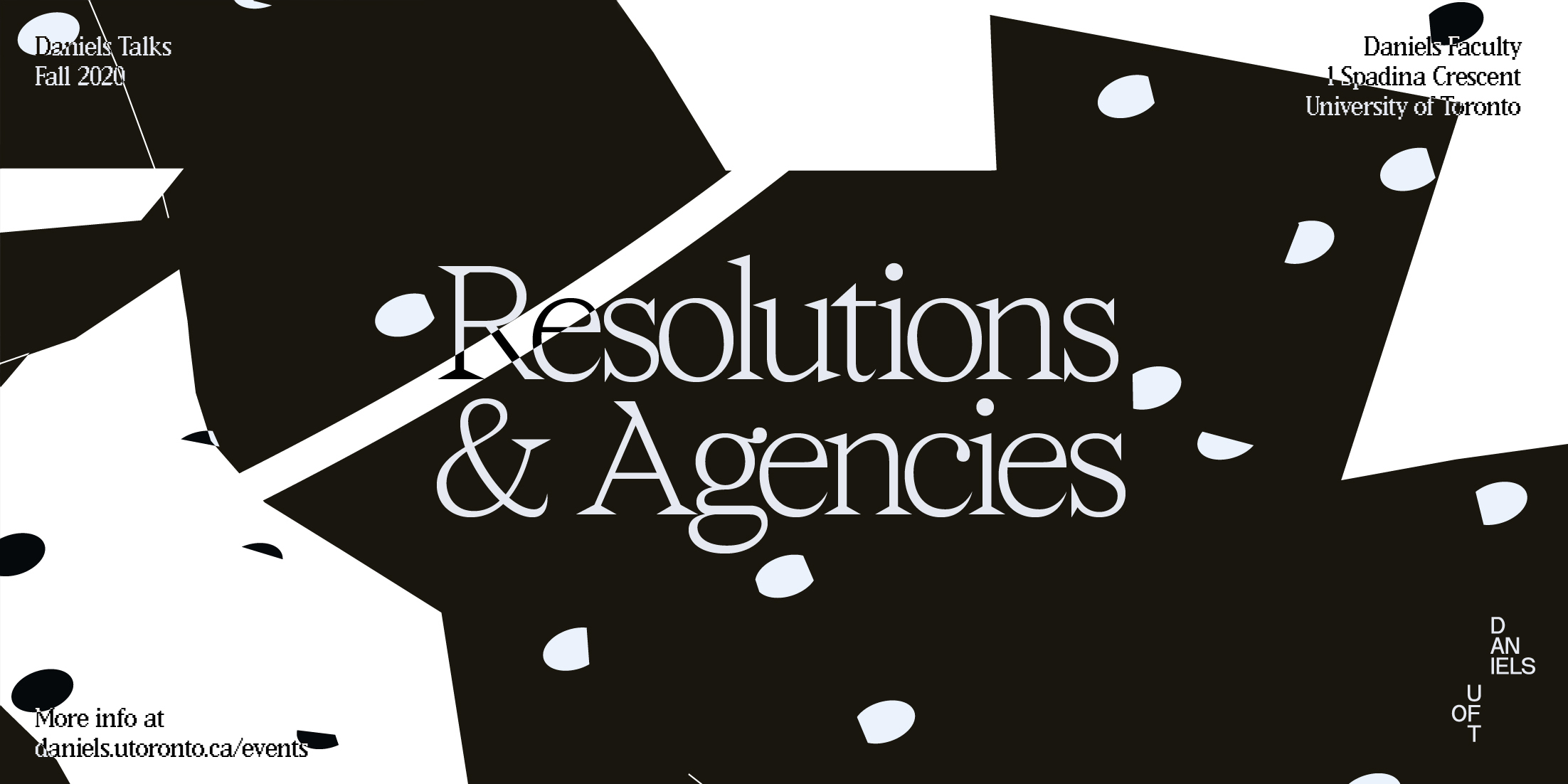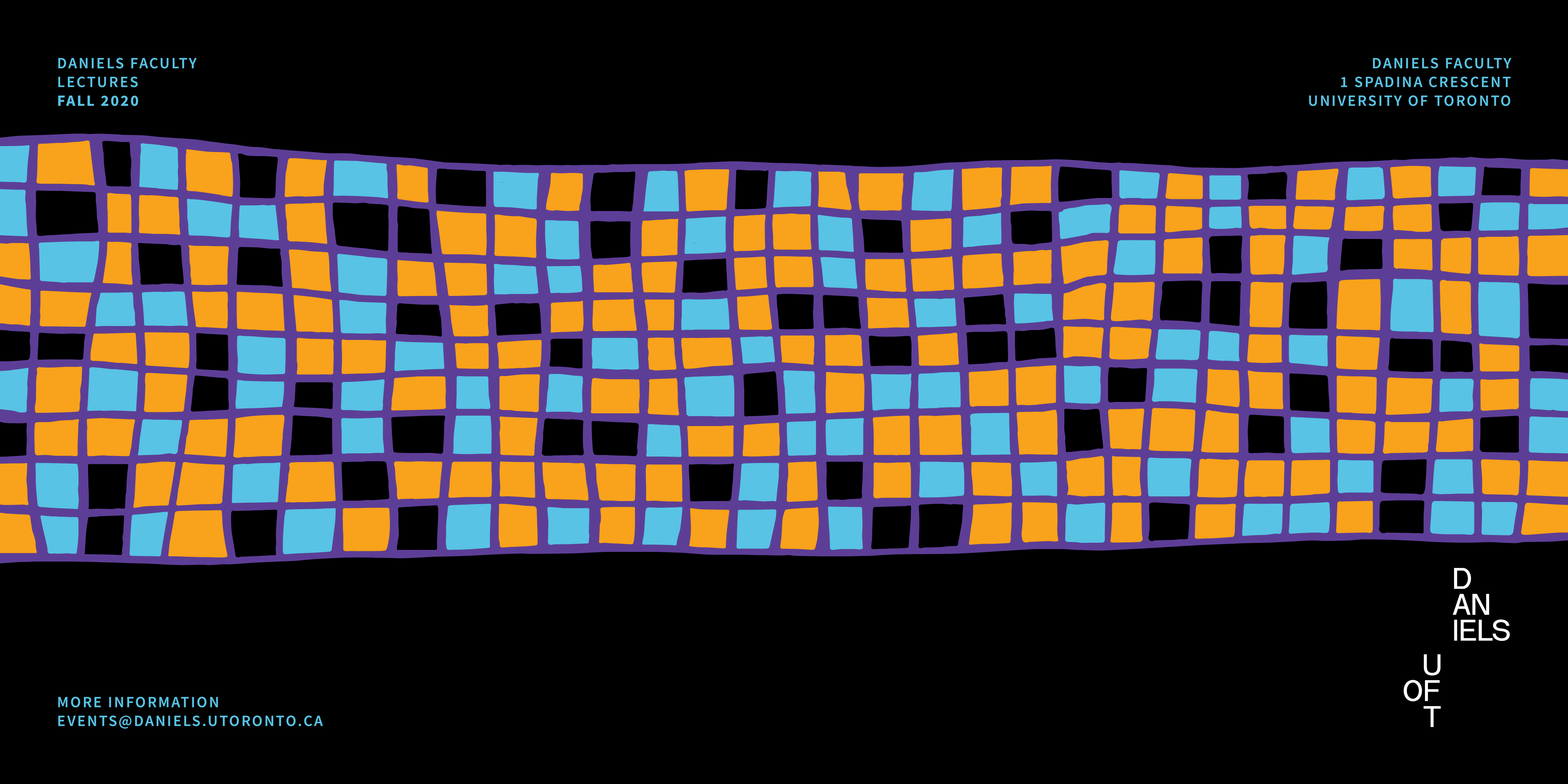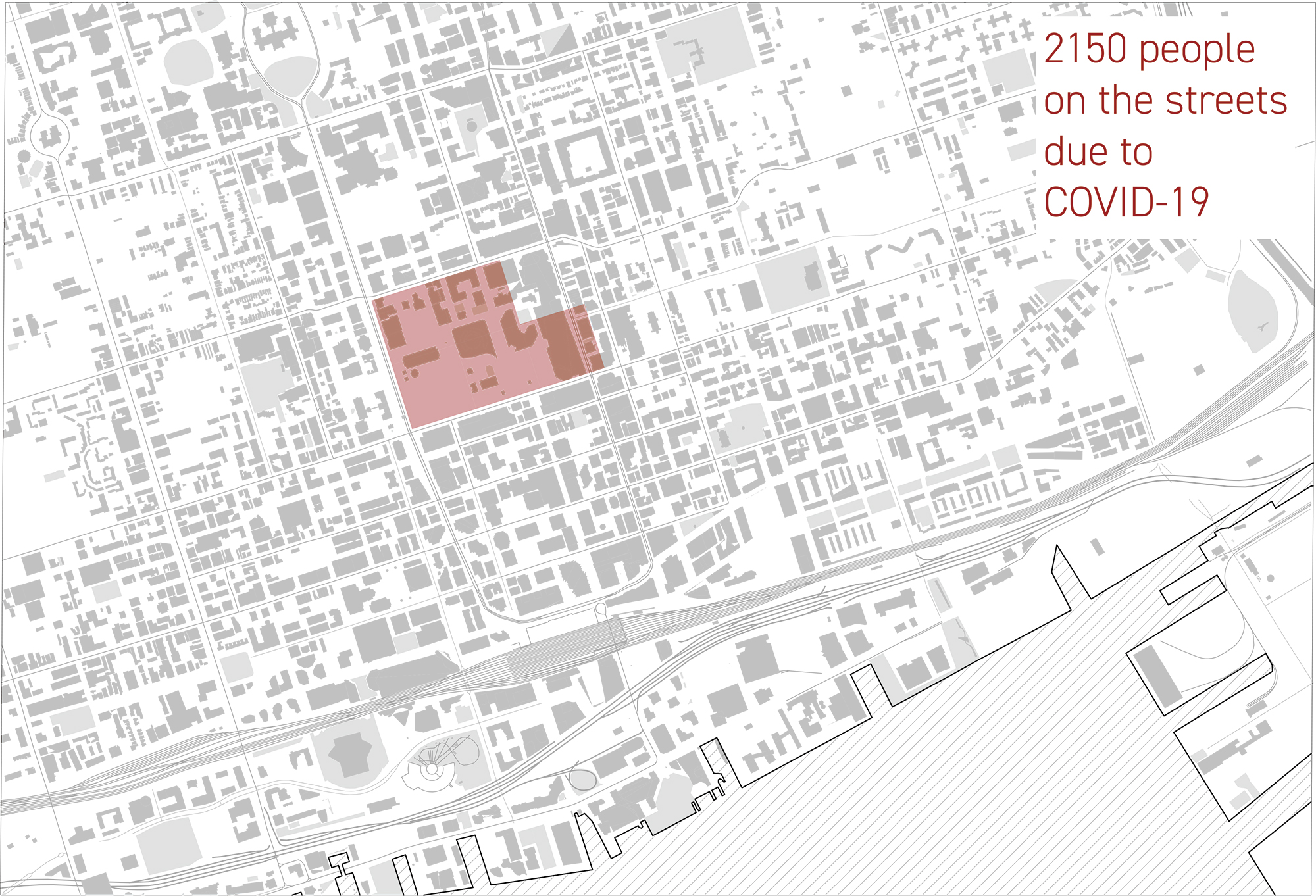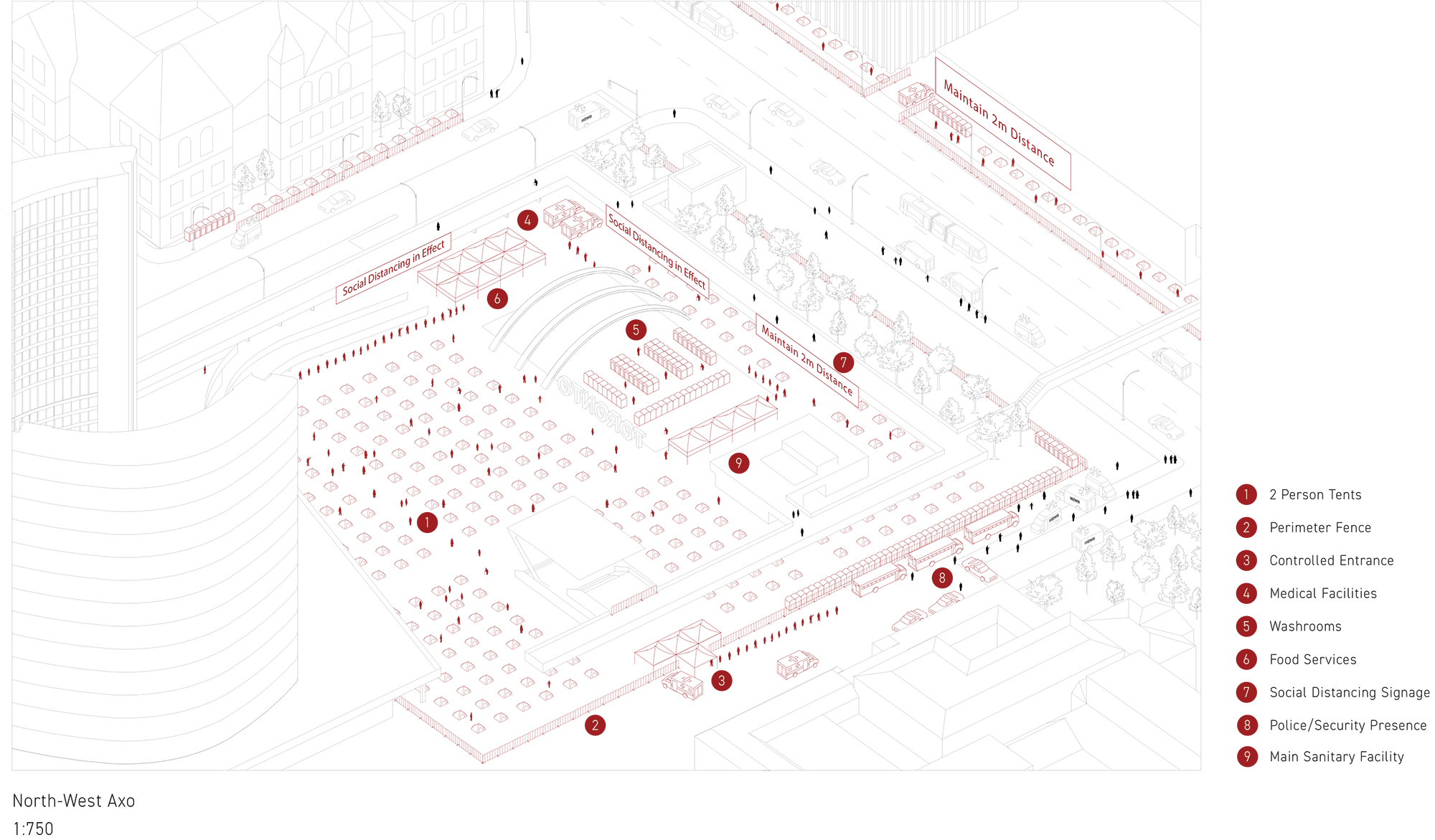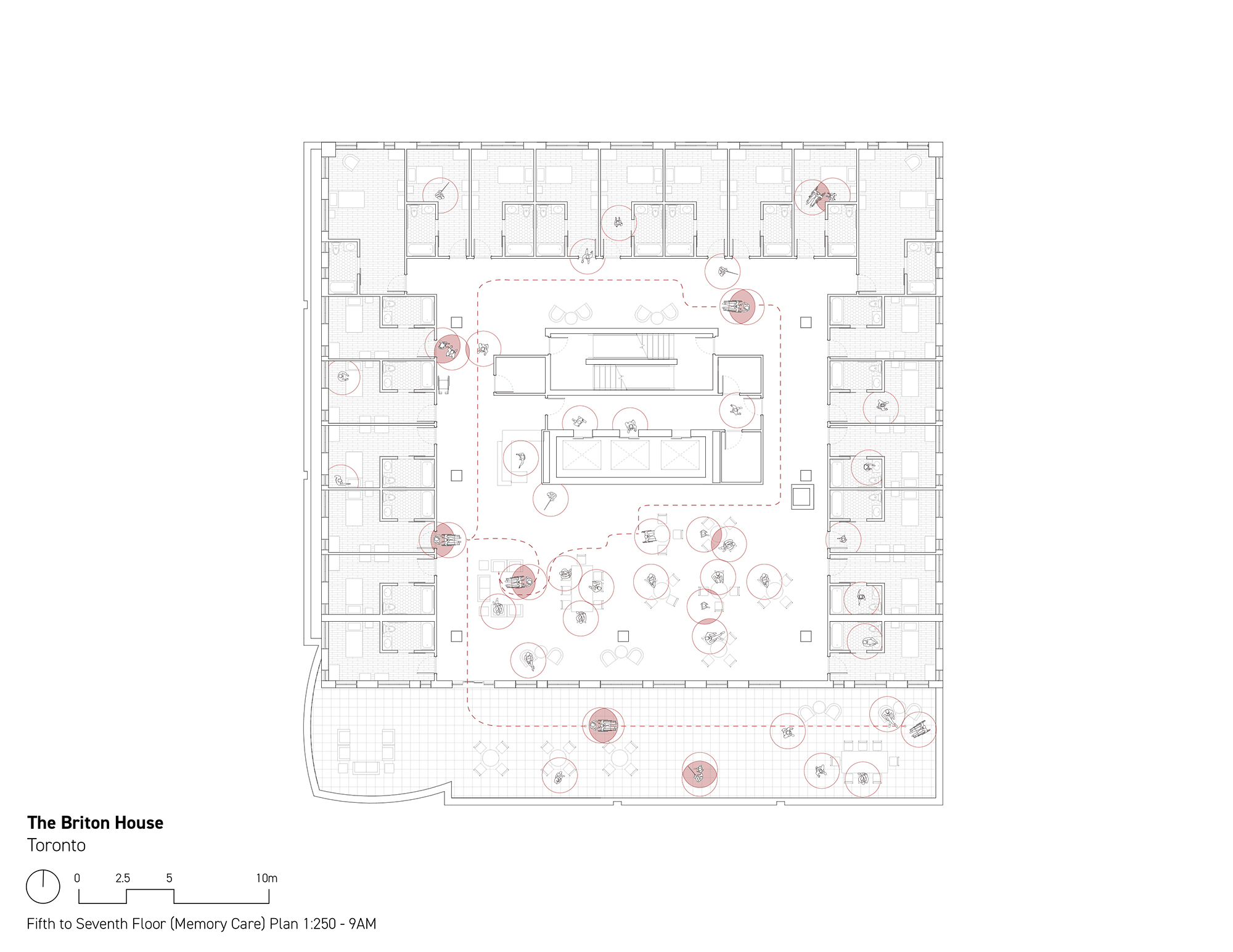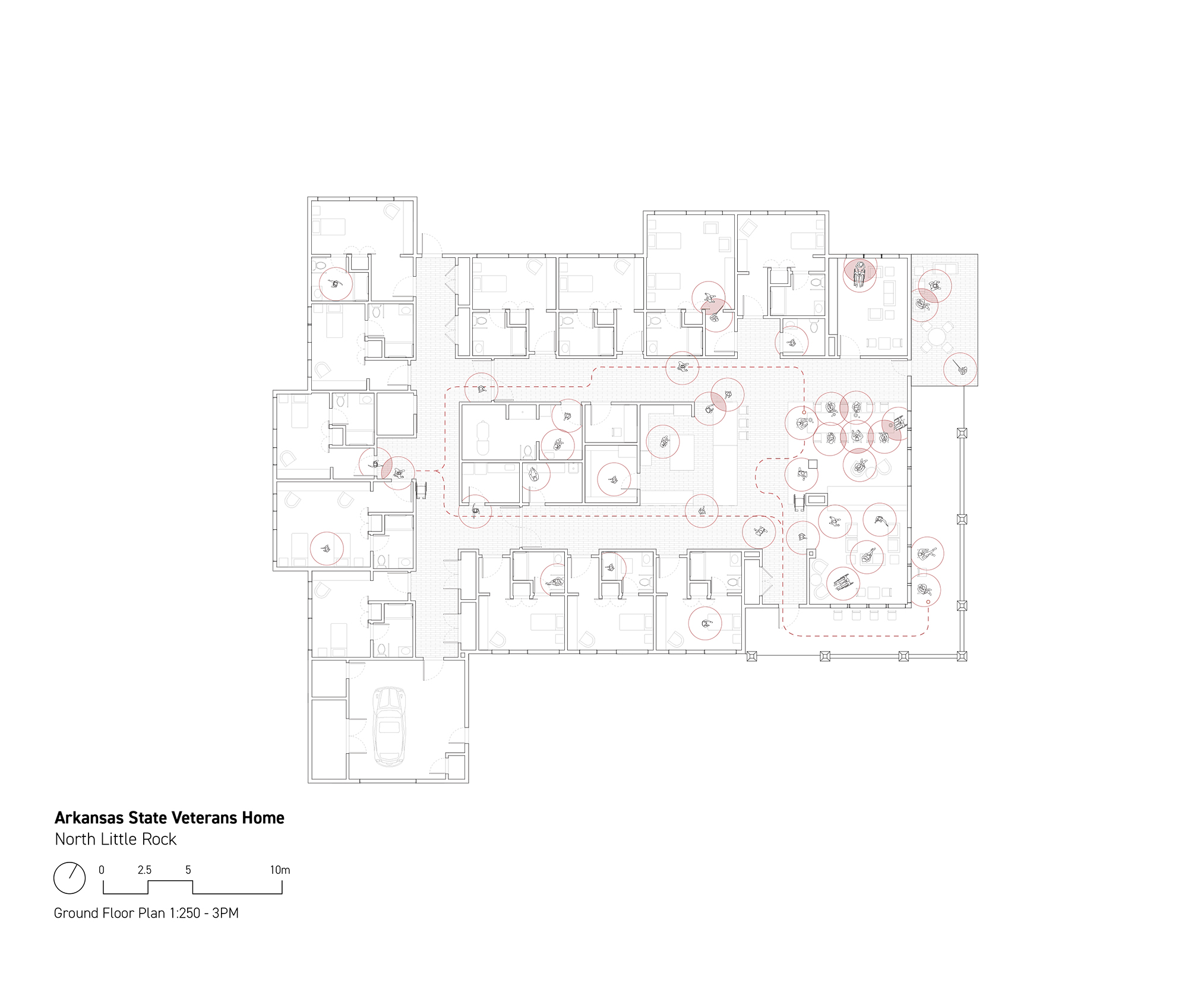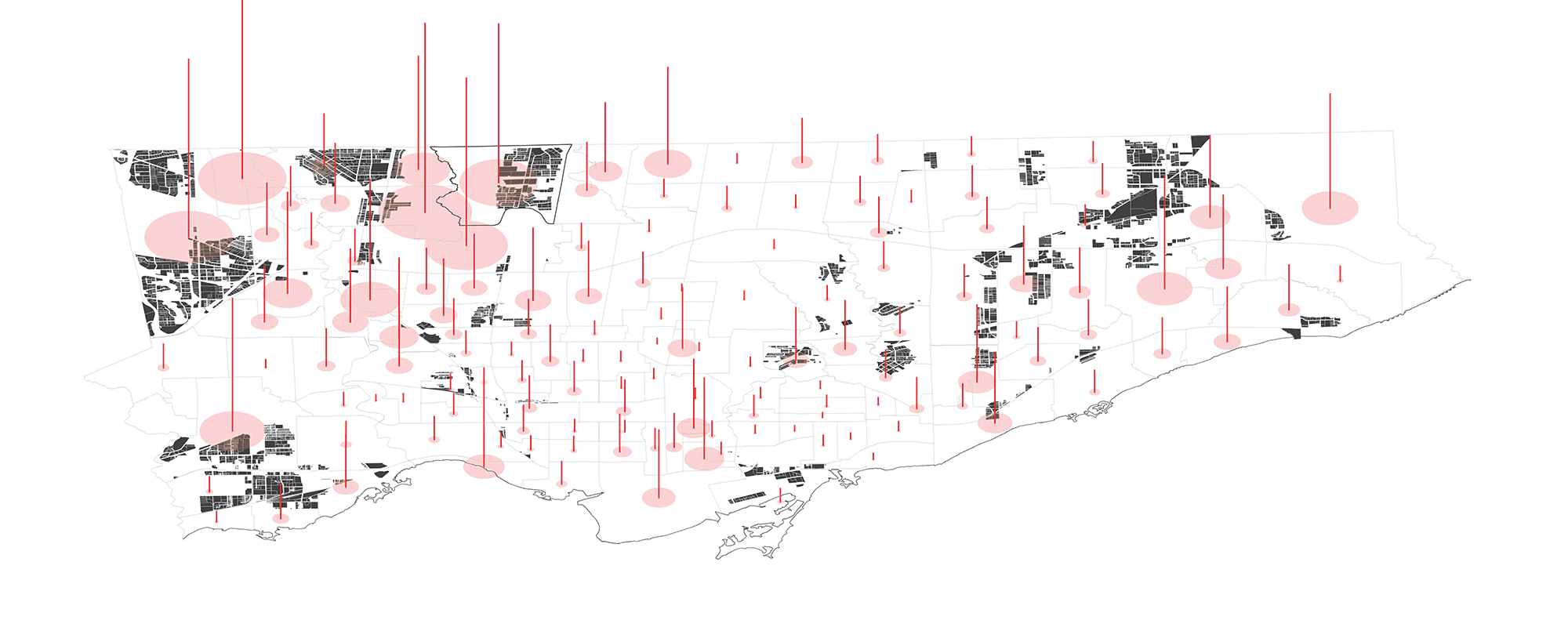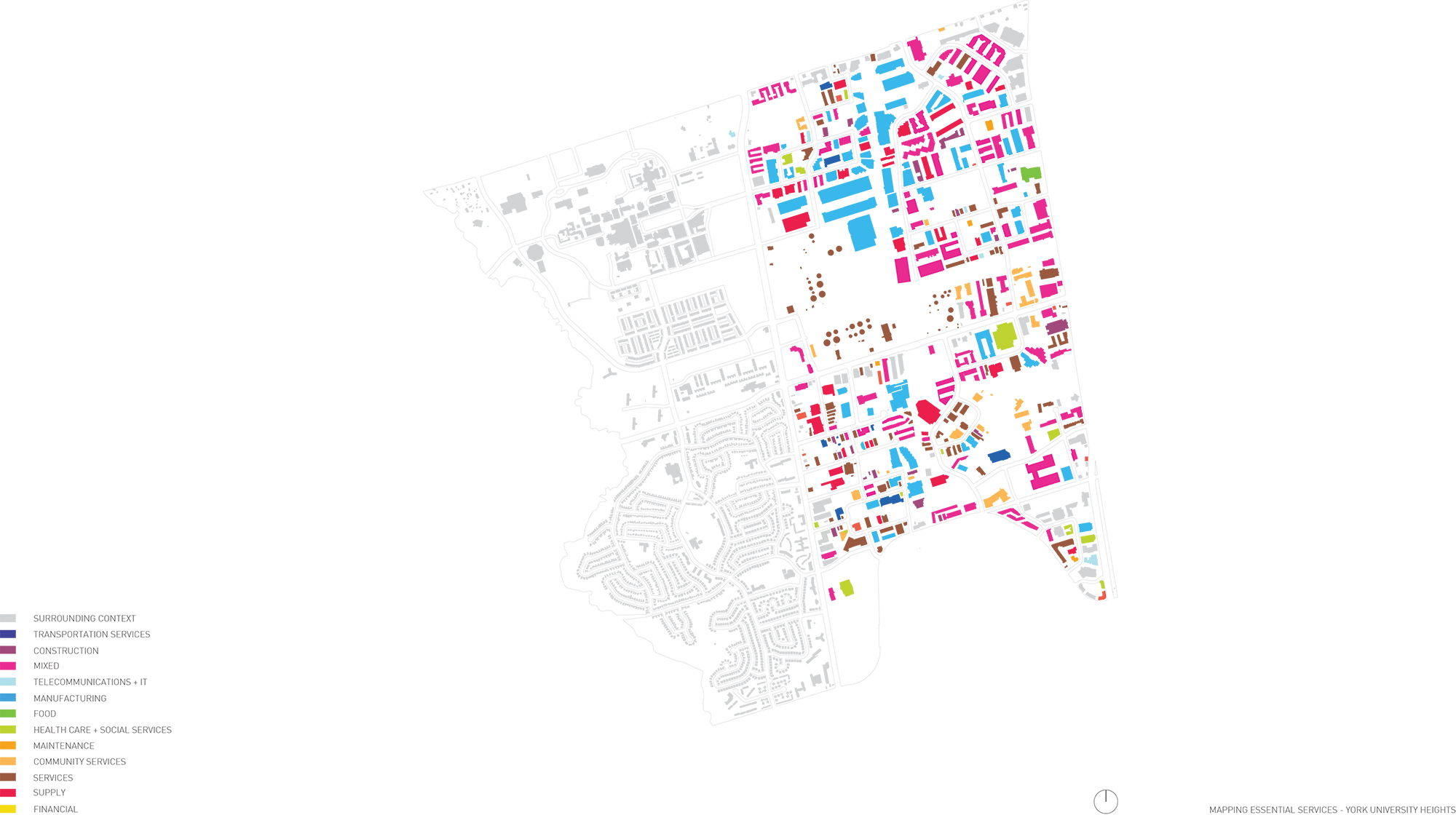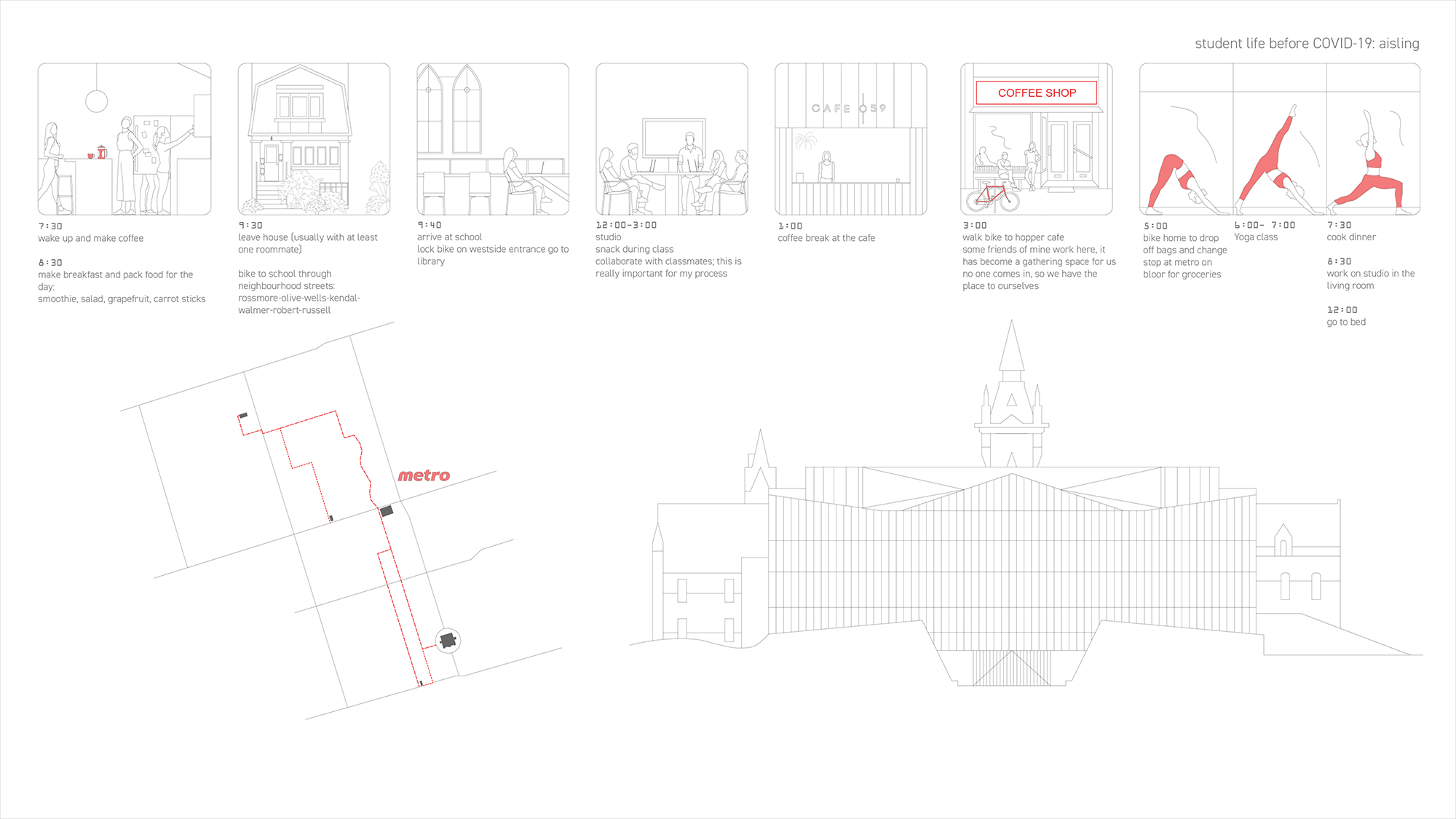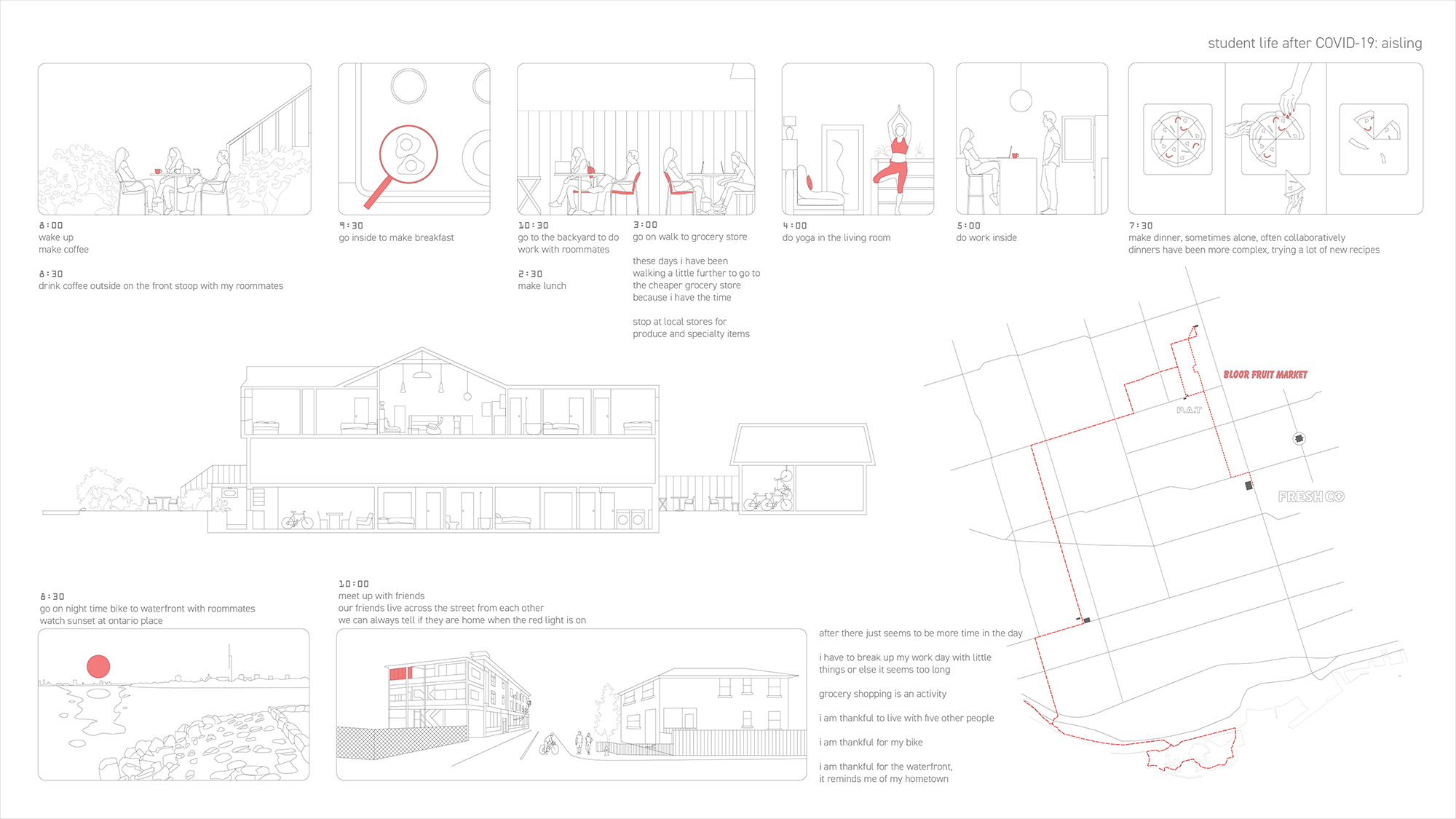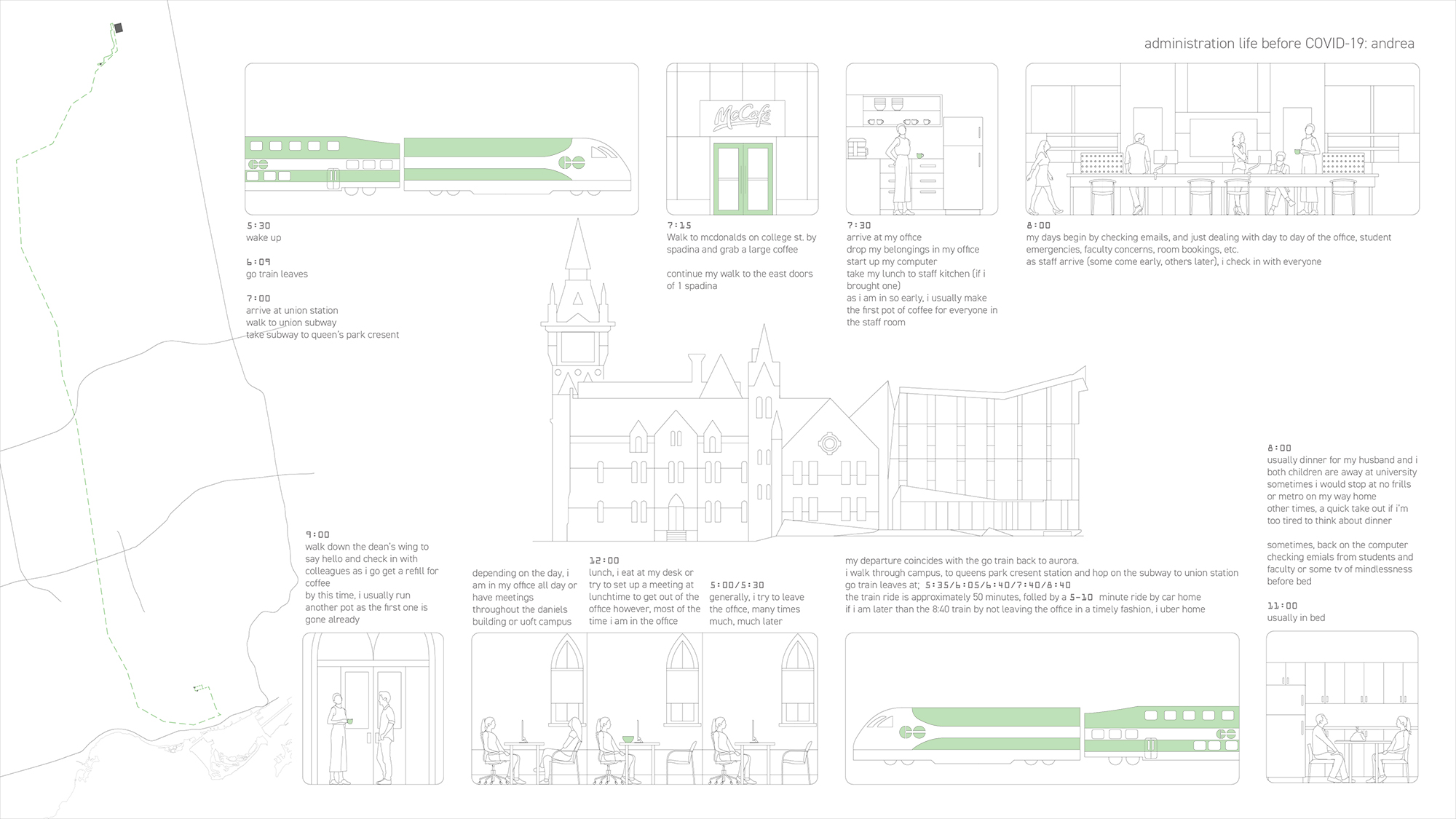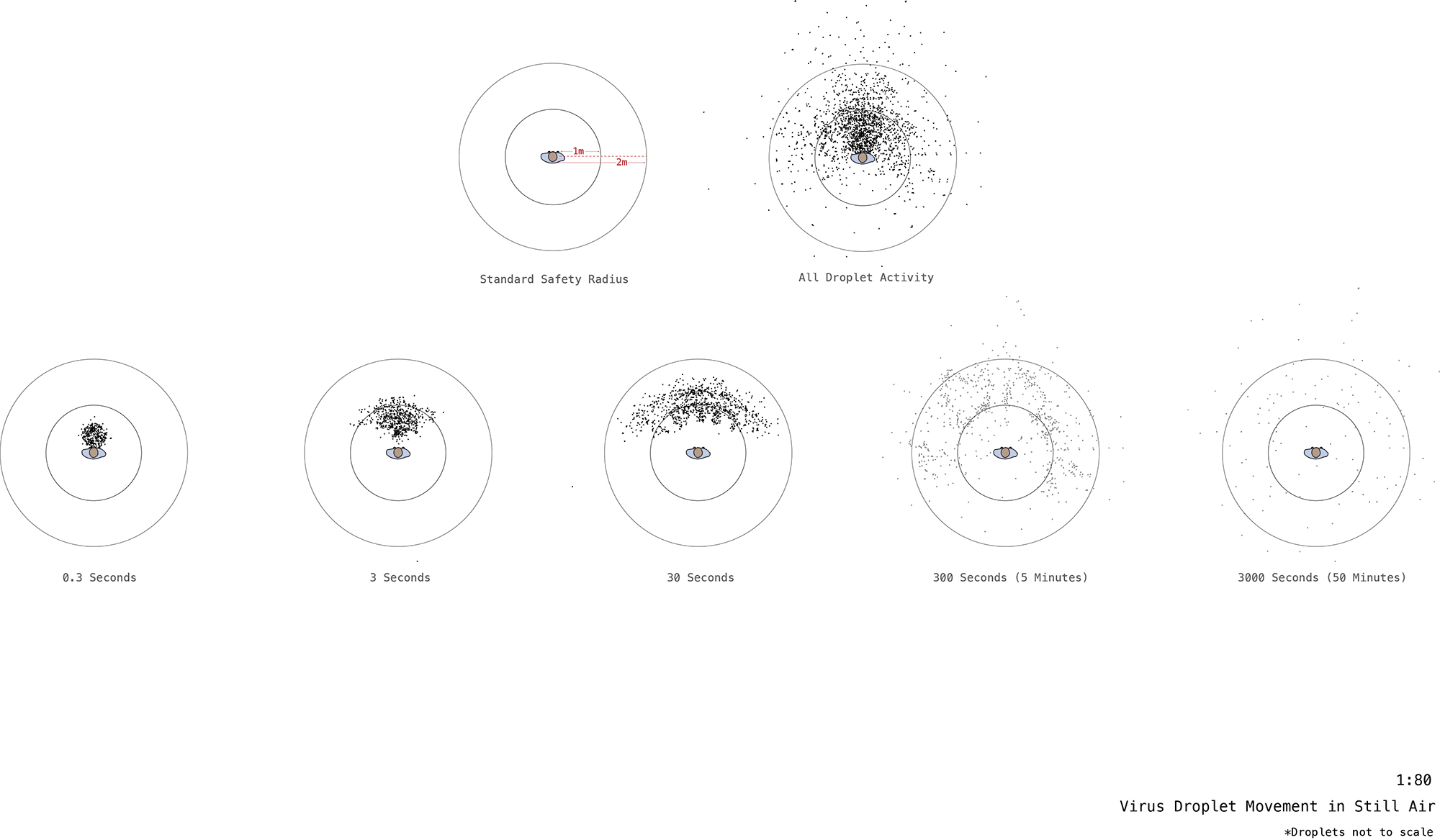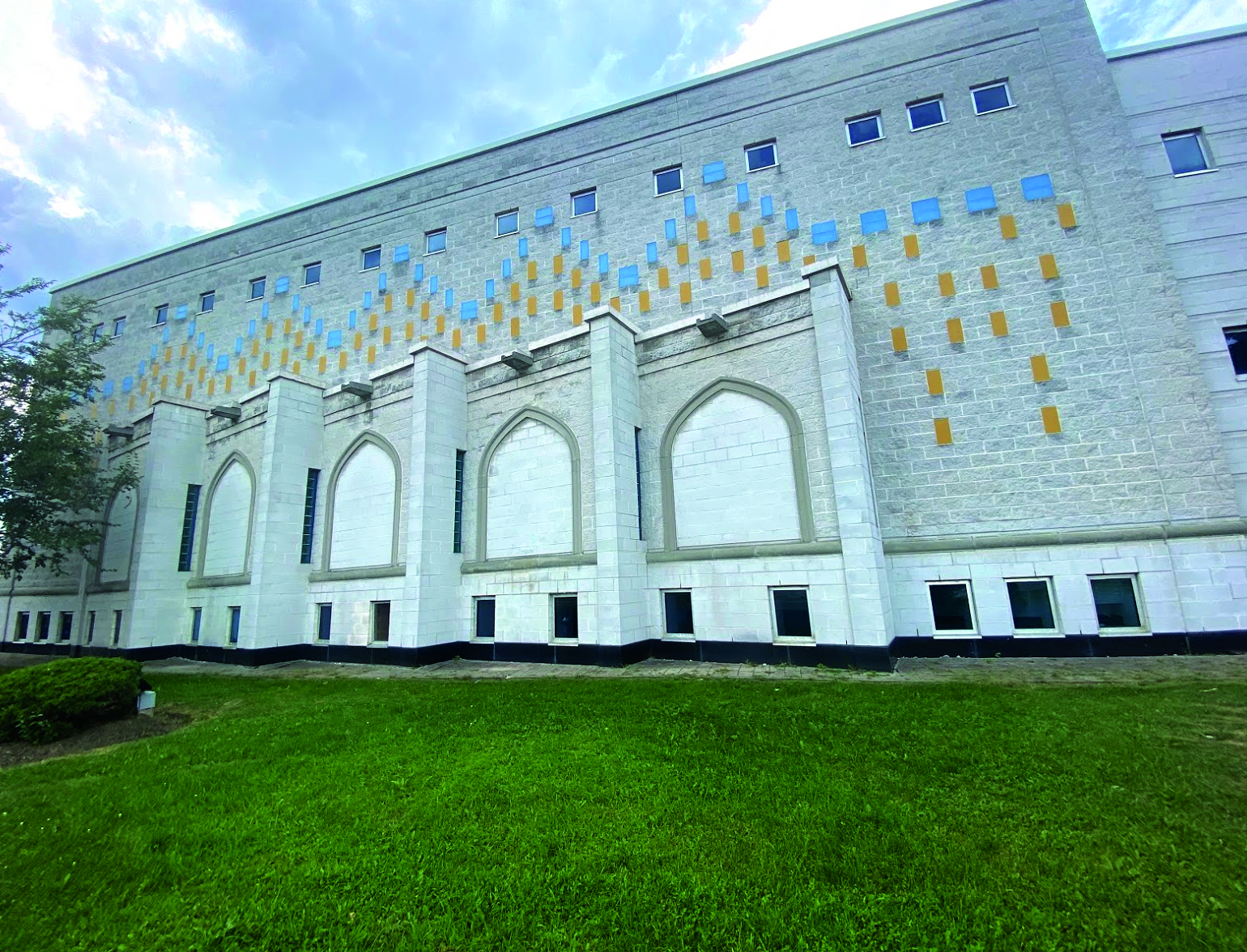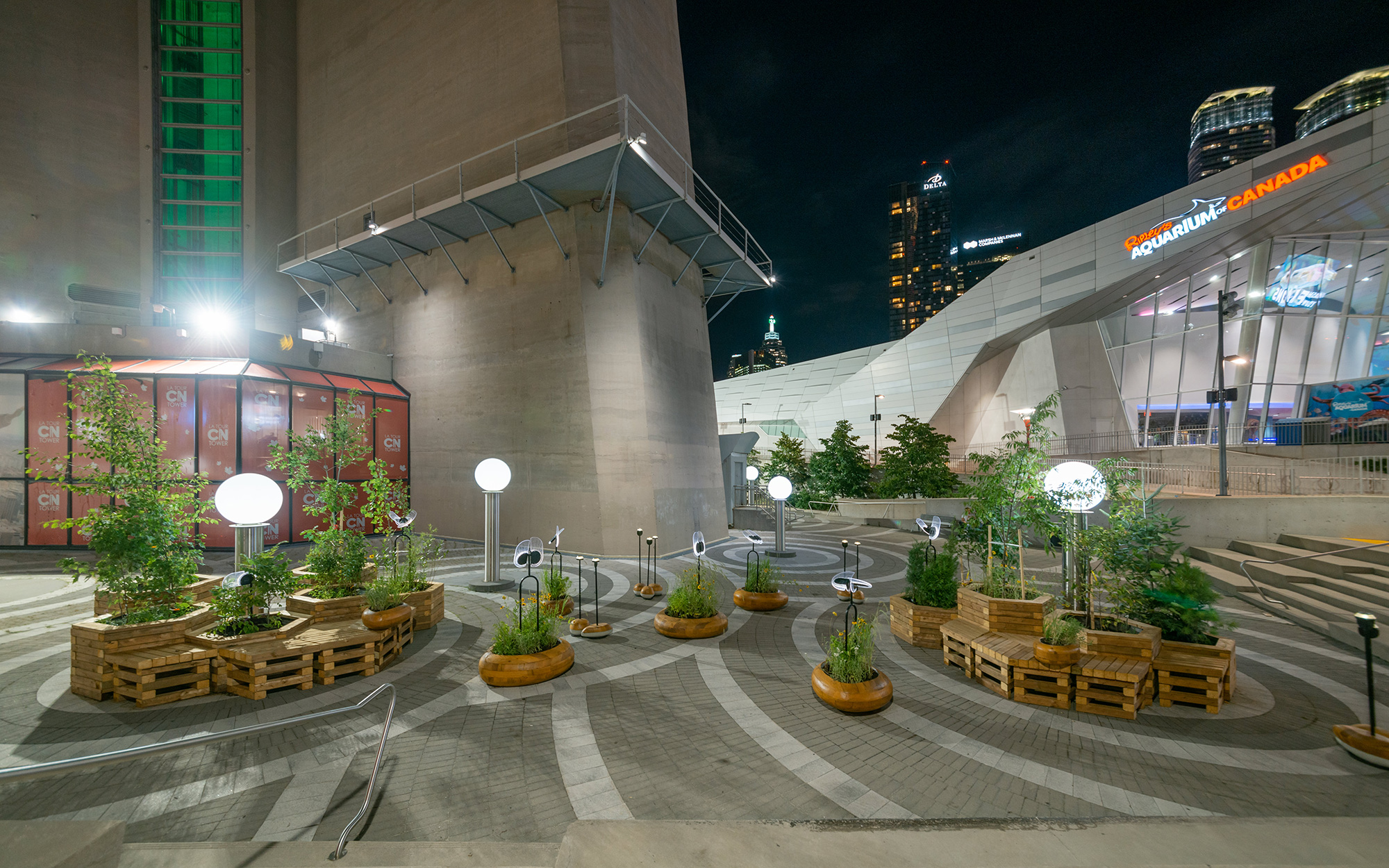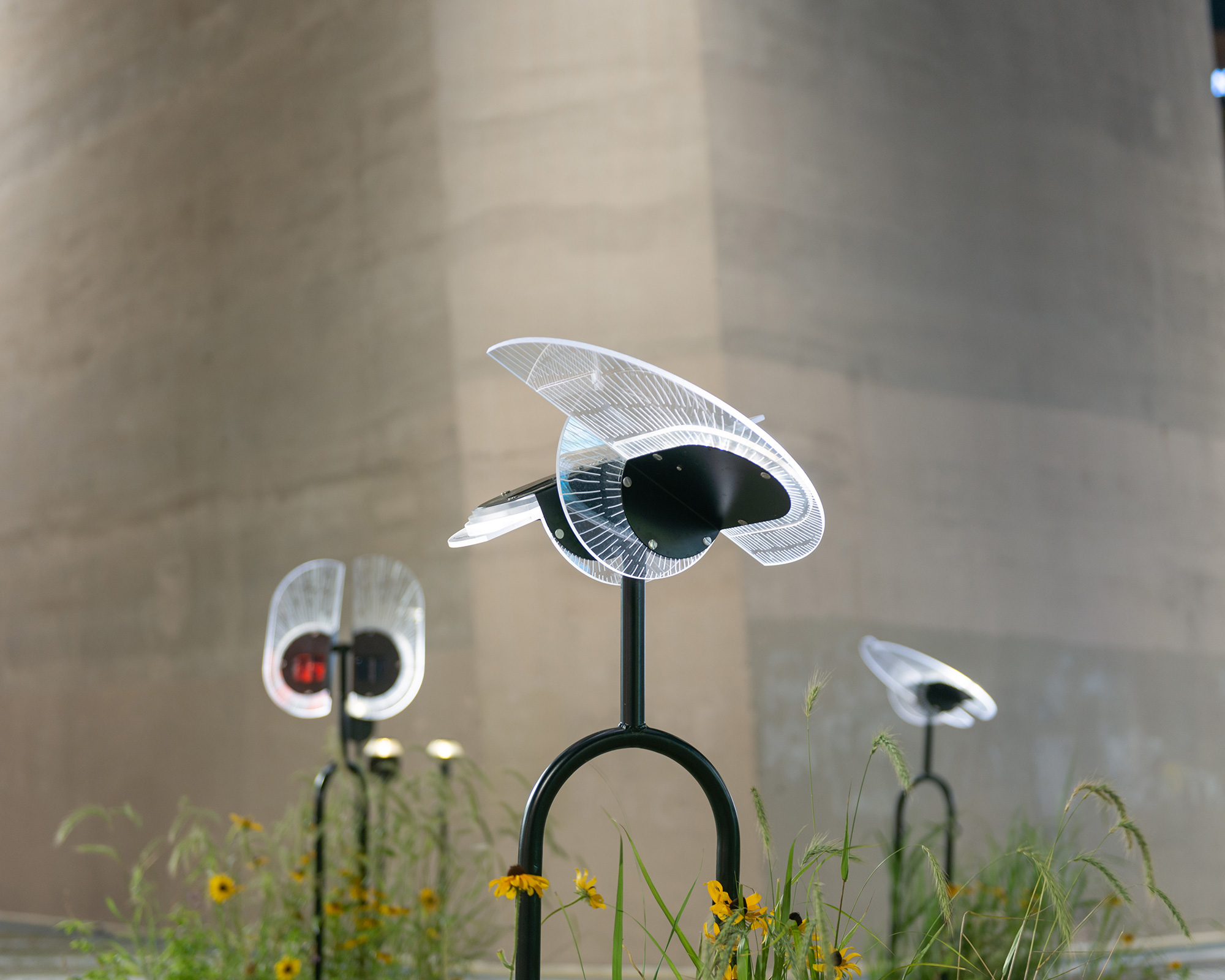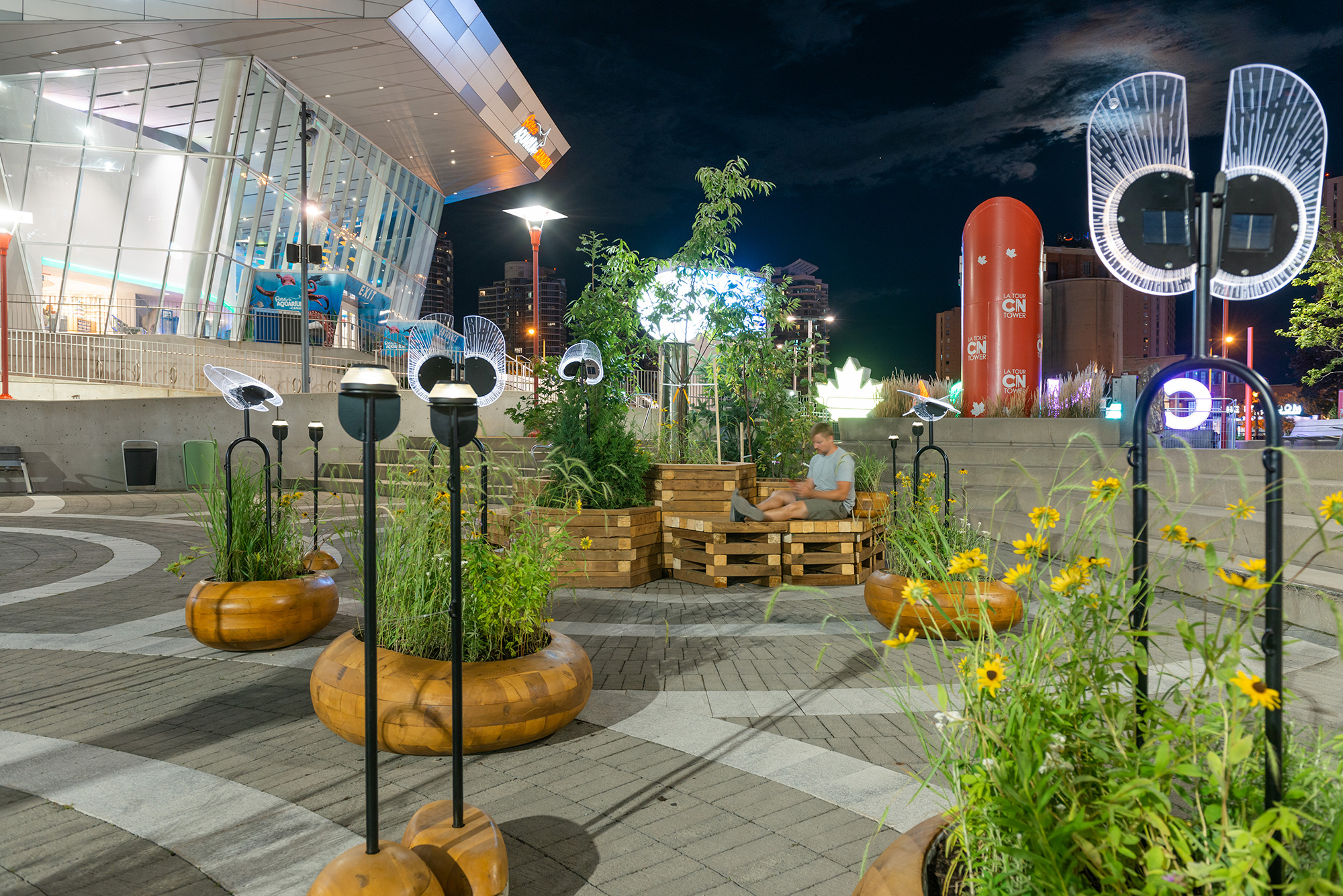
30.09.20 - Students: enter a competition to design a better future for Ontario Place
A new design competition is asking students across Canada to propose alternative futures for Ontario Place, a former recreational complex located on Toronto's western waterfront whose future has been cast into doubt by a recent redevelopment push.
The student competition, titled "Ontario Place: A Call for Counterproposals" is an initiative of The Future of Ontario Place, a collective of architects and designers, brought together by a partnership between the World Monuments Fund, the Daniels Faculty, and Architectural Conservancy Ontario. The group's goal is to prevent Ontario Place's unique modernist structures and landscapes, designed in the late 1960s by Eberhard Zeidler and Michael Hough, from being altered or demolished in the name of redevelopment. And that isn't a far-fetched scenario: the Ontario government is actively considering a number of redevelopment proposals from private companies. One of the leading contenders is said to be an Austrian company known for building large indoor thermal spas.
Students who participate in Ontario Place: A Call for Counterproposals will be required to submit alternative designs for Ontario Place that work to preserve and supplement — rather than erase or replace — the site's existing architectural heritage.
Ontario Place first opened to the public in 1971. The complex, owned and developed by the government of Ontario, was originally an exhibition ground, intended to act a summer retreat for Ontario families who didn't own cottages. Among the park's Zeidler-designed structures is the now-iconic Cinesphere, a dome-like enclosure built to house the world's first permament IMAX theatre. Near the Cinesphere is another daring piece of architecture: five large "pods" that are anchored, with columns, directly into Lake Ontario. (The pods were originally used to house public exhibitions, but were later retrofitted into private event facilities.)


Top: Ontario Place's pods. Bottom: A view of the Cinesphere.
Ontario Place's family-fun days came to abrupt end in 2012, when the Ontario government shuttered the site, citing declining revenues. Ever since, the park has remained in planning limbo, with successive provincial governments promising revitalization but failing to deliver detailed plans. The current provincial government, led by premier Doug Ford, accelerated the redevelopment process in 2019 with a new request for proposals. Amid the push to determine a future for the area, the fate of Zeidler and Hough's designs remains uncertain.
The competition's design brief divides Ontario Place into three distinct zones. Zone one — the "core heritage zone," where most of Ontario's Place's existing structures are located — is to be preserved as-is. Zone two is a "buffer zone," where only small-scale additions are permitted. Zone three, an area that includes an 1990s-era performance venue and a few parking lots, is set aside for larger-scale interventions.
The competition brief asks student entrants not only to preserve Ontario Place in their designs, but also to do some thinking about the site's future as a public attraction. Entrants are forbidden from including private uses, like condominiums or big-box stores, in their designs. Instead, the brief calls on students to consider the needs of diverse public stakeholders. Entrants can also score points for developing program strategies that integrate Ontario Place with surrounding communities, for finding ways to preserve nearby ecological systems, and for developing public outreach strategies to raise awareness of the site's heritage value.
The competition is open to undergraduate and graduate students at Canadian schools who are studying architecture, urban planning, urban design, business, or related disciplines. Students who graduated after January 1, 2017 are also eligible to enter.
All entires will be judged by a jury of a respected architects, designers, and urbanists, including urban designer Ken Greenberg, OMA partner Jason Long, and Shim-Sutcliffe Architects principal Brigitte Shim.
Students interested in entering the competition must register by October 12. For more details, key dates, or to download the detailed design brief, visit the Future of Ontario Place website.



